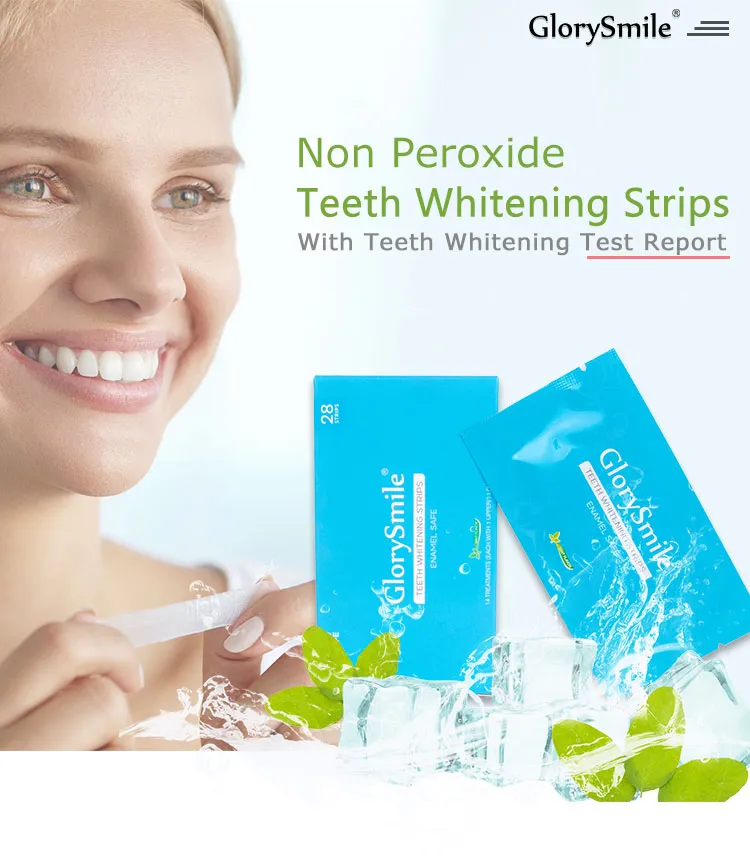Whitening Mouthwash vs Strips An Overview
The quest for a brighter smile often leads us to the world of teeth whitening products. Among the most popular choices are whitening mouthwash and whitening strips. Both promise to lift stains and enhance the natural brilliance of your teeth, but they work in different ways and offer distinct advantages and disadvantages. Understanding these differences is crucial to making an informed decision about which product best suits your needs and preferences. This article delves into a detailed comparison of whitening mouthwash and strips, examining their mechanisms, ingredients, effectiveness, and other key factors. By the end, you’ll be well-equipped to choose the method that aligns with your oral hygiene goals and lifestyle.
How Whitening Mouthwash Works
Whitening mouthwash typically works by containing active ingredients that help to remove surface stains from your teeth. These ingredients often include hydrogen peroxide or other bleaching agents. The mouthwash is swished around the mouth for a specific duration, allowing the active ingredients to come into contact with the teeth. The primary action is to oxidize stain molecules, breaking them down and making them less visible. While some mouthwashes provide immediate freshening effects, the whitening action is usually gradual, with visible results appearing over a period of weeks. The effectiveness depends on the concentration of the active ingredients and the frequency of use. Regular use, as directed, is essential for achieving and maintaining the desired whitening effect. It’s important to note that mouthwash primarily targets surface stains and may not be as effective on deeper, intrinsic stains.
Ingredients in Whitening Mouthwash
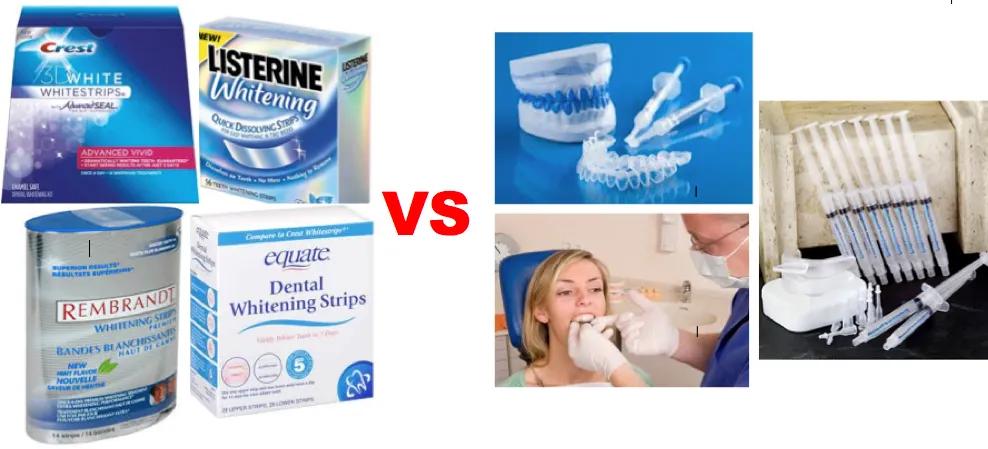
The key ingredients in whitening mouthwash are designed to lift stains and brighten your smile. Hydrogen peroxide is a common bleaching agent that oxidizes stain molecules, reducing their visibility. Another ingredient is carbamide peroxide, which breaks down into hydrogen peroxide. Other ingredients may include fluoride, which strengthens enamel and protects against cavities, and various flavoring agents to improve taste and encourage regular use. Some mouthwashes also contain surfactants that help to remove debris and promote a cleaner mouth. Alcohol may be present in some formulations, acting as a solvent and antibacterial agent, but alcohol-free options are also available, catering to those with sensitive teeth or dry mouth concerns. It’s important to carefully review the ingredient list, especially if you have known sensitivities or allergies. Different brands offer various concentrations of these ingredients to suit different needs and sensitivities.
Advantages of Whitening Mouthwash
Whitening mouthwash offers several advantages that make it a popular choice for teeth whitening. One key benefit is its ease of use. Simply swishing the mouthwash for the recommended time is a quick and effortless addition to your daily routine. Mouthwash can reach all areas of the mouth, including areas that may be difficult to reach with a toothbrush or strips, ensuring a more comprehensive clean. Another advantage is its ability to freshen breath, providing an immediate sensation of cleanliness and confidence. Many whitening mouthwashes also contain fluoride, which helps to strengthen tooth enamel and protect against cavities, adding an extra layer of oral health benefits. The cost of whitening mouthwash is generally moderate, making it an accessible option for many individuals. Furthermore, it is generally less likely to cause tooth sensitivity compared to more intensive treatments, making it a good choice for those with sensitive teeth.
How Whitening Strips Work
Whitening strips are thin, flexible strips coated with a whitening agent, typically hydrogen peroxide or a similar compound. The strips are applied directly to the teeth, adhering to the surface and delivering the whitening agent. The active ingredient penetrates the enamel, breaking down stain molecules and lightening the teeth. Strips are designed to be worn for a specific duration, usually for a few minutes up to an hour, depending on the product and the concentration of the whitening agent. Consistent use, as directed on the product packaging, is necessary to achieve the desired whitening results. Because the whitening agent is directly applied to the teeth, strips can often provide more concentrated and faster results compared to mouthwash. However, the effectiveness of whitening strips can vary depending on the type of stains, the enamel’s condition, and the individual’s oral hygiene practices. It is crucial to follow the product’s instructions carefully to ensure effective whitening and to minimize potential side effects.
Ingredients in Whitening Strips
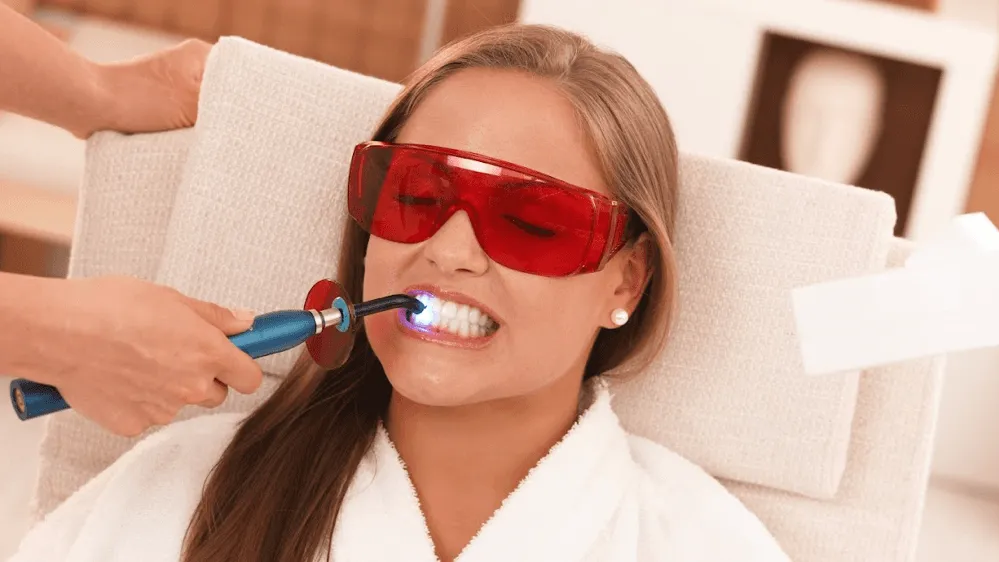
The primary active ingredient in whitening strips is typically hydrogen peroxide, a powerful bleaching agent. Some strips may contain carbamide peroxide, which breaks down into hydrogen peroxide. The concentration of hydrogen peroxide in strips can vary, with higher concentrations often leading to faster results. In addition to the whitening agent, strips also contain other ingredients that help the strip adhere to the teeth and ensure the even distribution of the active ingredient. These may include adhesive polymers, which ensure that the strip sticks to the teeth, and other inactive ingredients that help to stabilize the formula. Some strips also contain flavoring agents to improve the taste and make them more pleasant to use. It is important to note that higher concentrations of hydrogen peroxide may increase the risk of tooth sensitivity and gum irritation. Therefore, it is essential to follow the instructions carefully and consult with a dentist if any adverse reactions occur.
Advantages of Whitening Strips
Whitening strips offer a number of advantages that make them a popular choice for those seeking a brighter smile. One of the primary benefits is their effectiveness. Whitening strips can often provide more noticeable results in a shorter amount of time compared to whitening mouthwash. This is due to the direct and concentrated application of the whitening agent to the teeth’s surface. The strips are also very convenient to use. They are designed to be easily applied and can be incorporated into your daily routine without significant disruption. Another advantage of whitening strips is that they can be easily purchased over the counter, making them readily accessible to consumers. Furthermore, the cost is often considered affordable compared to professional whitening treatments. Many users appreciate the precise targeting of the whitening agent, which can be especially helpful when dealing with localized stains. The ability to whiten specific teeth, particularly those that are most visible, is a significant benefit for many users.
Fact 1 Effectiveness
Effectiveness is a key factor when comparing whitening mouthwash and strips. Whitening strips often provide more noticeable results, and more quickly, than mouthwash. The concentrated nature of the whitening agent in strips, which directly contacts the tooth surface, allows for more potent stain removal. While mouthwash can remove surface stains, strips typically penetrate deeper into the enamel to address both surface and intrinsic discoloration. The degree of whitening achieved also depends on the initial condition of the teeth and the type of stains present. Teeth with significant staining may require a stronger approach, and strips often provide a more powerful solution. However, the effectiveness can also vary depending on the product and the user’s adherence to the instructions. For those seeking rapid and substantial whitening, strips typically offer a more efficient option, while mouthwash may be better suited for maintaining brightness or for those with mild discoloration.
Fact 2 Convenience
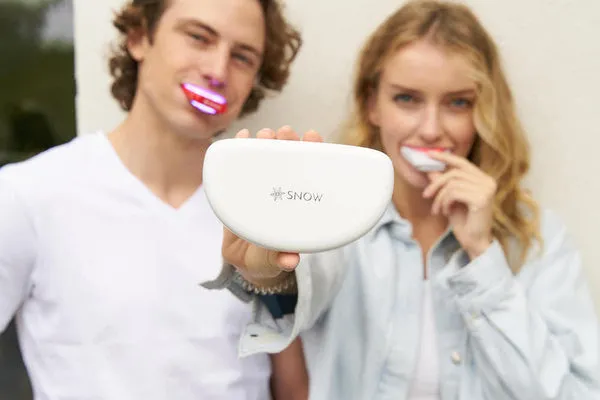
Convenience is another important factor to consider. Whitening mouthwash is simple to incorporate into a daily routine. It takes just a few seconds to swish the mouthwash, making it a very convenient option. Whitening strips require a bit more time and attention. The user must apply the strips carefully, ensuring they cover the teeth properly, and then wait for the recommended time. The application process can sometimes feel cumbersome, especially for those with busy schedules. However, many users find that they can easily incorporate strips into their morning or evening routines, such as while getting ready. The portability of both products is similar, as both mouthwash and strips are easily carried in a travel bag. For those who prioritize speed and ease of use, mouthwash might be the more convenient choice, while those willing to spend a few extra minutes might prefer the potentially more effective results offered by strips.
Fact 3 Cost
Cost is a significant factor for many consumers. Whitening mouthwash is generally more affordable than whitening strips. A bottle of mouthwash can last for several weeks or even months, depending on usage, making it a cost-effective choice for maintaining a bright smile. Whitening strips, on the other hand, are usually more expensive per treatment. The overall cost can depend on the brand, the number of strips per package, and the frequency of use. While the initial investment in strips may be higher, the potential for more effective and faster results could justify the cost for some users. Regular use of strips can add up over time, so it is essential to consider the long-term financial implications. It is always a good idea to compare prices from different brands and consider the value offered in terms of effectiveness, convenience, and overall satisfaction. Before making a final decision, it’s wise to evaluate how the cost aligns with your budget and the results you hope to achieve.
Fact 4 Sensitivity
Tooth sensitivity is a common concern with teeth whitening products, and it’s an important factor when comparing mouthwash and strips. Whitening strips, particularly those with higher concentrations of hydrogen peroxide, can sometimes cause increased tooth sensitivity and gum irritation. The direct contact with the bleaching agent can affect the teeth’s enamel and, in some cases, lead to discomfort. Whitening mouthwash is generally less likely to cause sensitivity, as the concentration of active ingredients is typically lower, and the exposure time is shorter. However, some individuals might still experience mild sensitivity. Those who are prone to sensitive teeth should exercise caution when using any whitening product and may want to start with a lower-strength formula or use the product less frequently. Products containing fluoride can sometimes help to reduce sensitivity by strengthening the enamel. It is always advisable to consult with a dentist if significant sensitivity occurs, to ensure there are no underlying dental issues and to get personalized recommendations.
Fact 5 Maintenance
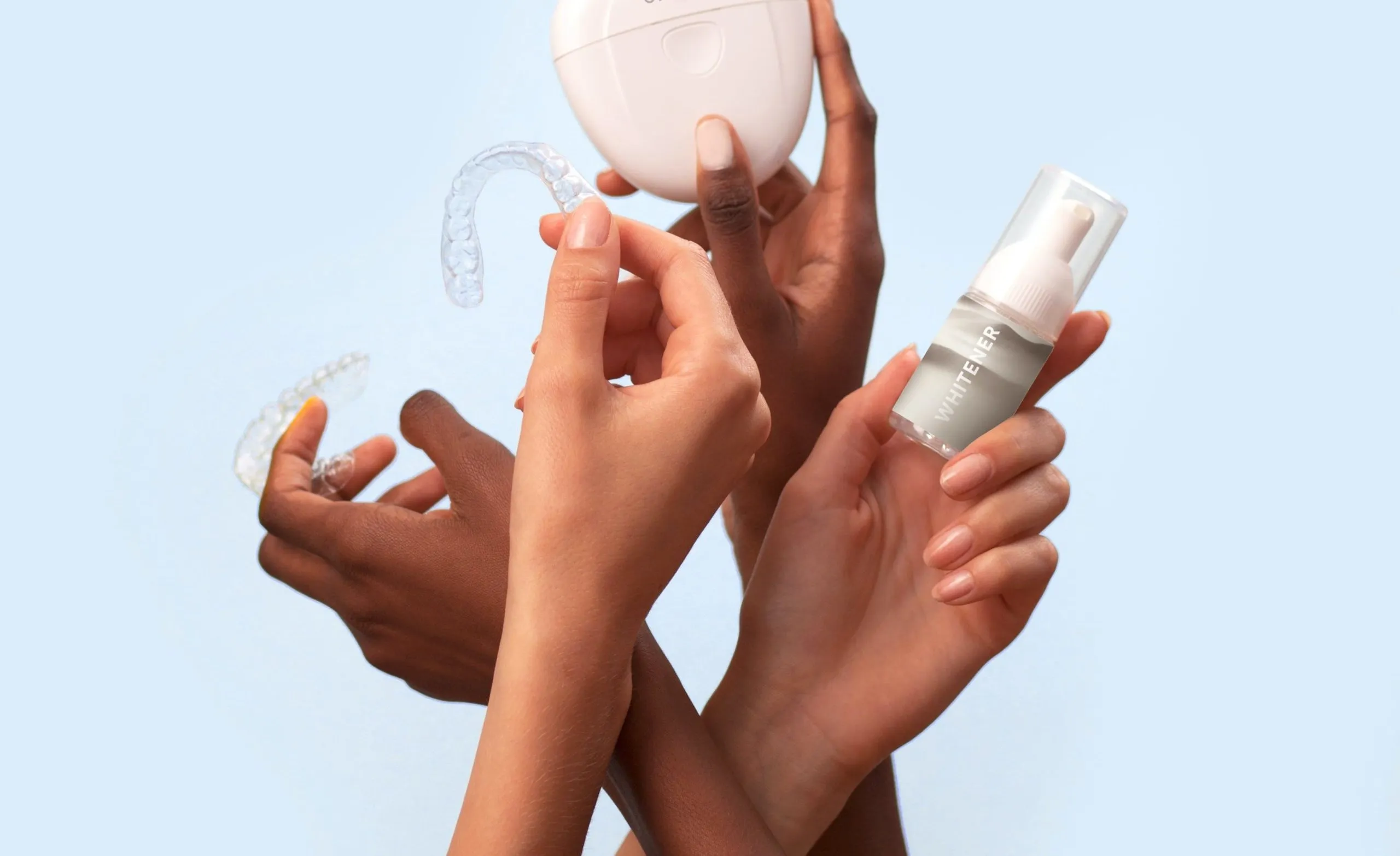
Maintaining the results of teeth whitening is crucial for long-term satisfaction, and both whitening mouthwash and strips play a role in this. Whitening mouthwash can be used regularly to help maintain brightness and prevent new stains from forming. It is a convenient option for daily use, easily integrated into your routine. Whitening strips can be used periodically to boost the effects of whitening treatments. You might use them for a few days every few months or whenever you feel your teeth need a touch-up. Proper oral hygiene, including regular brushing and flossing, is essential for maintaining a bright smile, regardless of the whitening method. Avoiding staining foods and beverages, such as coffee, tea, and red wine, can also help to prolong the effects of whitening. Regular dental checkups and professional cleanings will ensure optimal oral health and can also contribute to the maintenance of a bright, healthy smile. The combination of diligent at-home care and professional dental care is essential for achieving lasting results.
Making the Right Choice
Choosing between whitening mouthwash and strips depends on your individual needs, preferences, and oral health goals. Consider the following factors before making a decision. If you’re looking for ease of use and a gentle approach, whitening mouthwash may be the better choice. If you need faster and more noticeable results, whitening strips may be more effective. Take into account your budget and the long-term cost of the product. If you have sensitive teeth, choose a product with a lower concentration of active ingredients or use the product less frequently. If you are unsure, or if you have any underlying dental issues, consult with your dentist before starting any teeth whitening treatment. Your dentist can assess your oral health and provide personalized recommendations. Whatever you choose, combining your chosen whitening product with regular brushing, flossing, and dental check-ups will give you the best chance of achieving a brighter, healthier smile.
